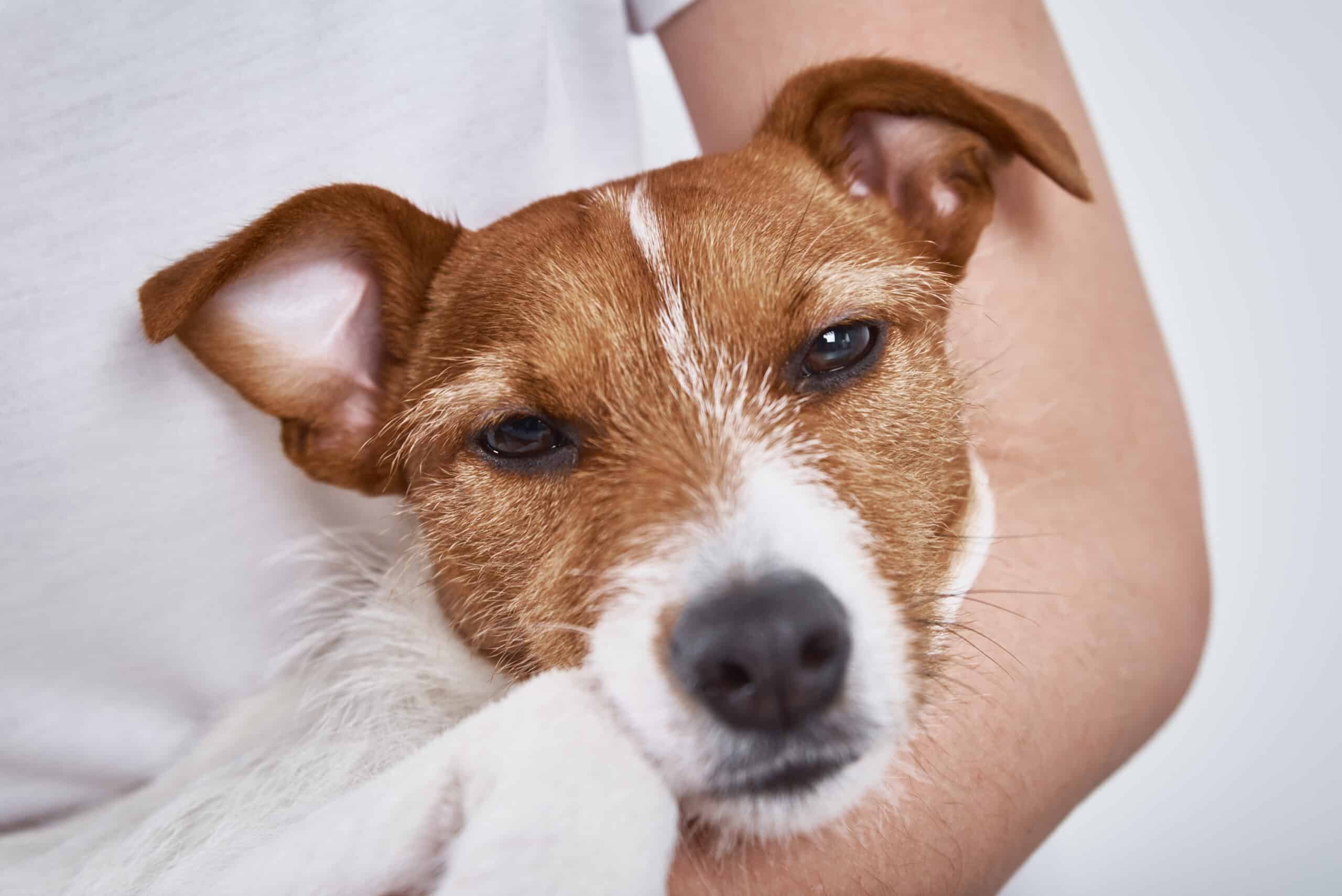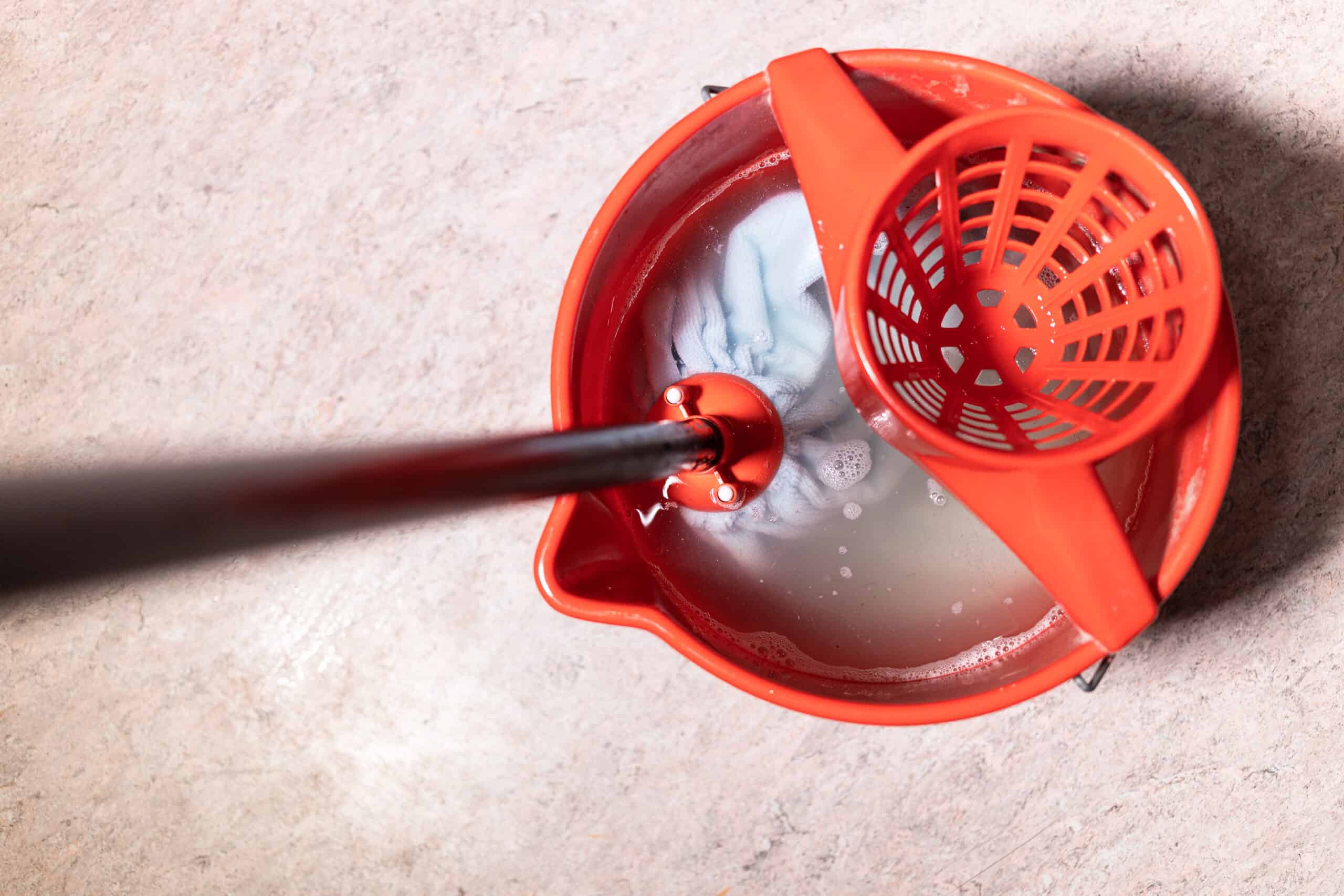
Dogs use their whiskers for many things, including sensing when something is close to them, judging the width of a hole, and helping them maintain their balance. So what happens if you cut a dog’s whiskers? Contrary to popular belief, cutting a dog’s whiskers does not blind them or impair their ability to hunt or catch prey.
In fact, the most likely outcome of cutting a dog’s whiskers is that they will simply grow back. Still, it’s best to avoid cutting a dog’s whiskers if possible, as they play an important role in the dog’s sensory system.
What are whiskers and why do dogs have them?
Whiskers are long, thick hairs that grow on the sides of a dog’s muzzle, above their eyes, and on their legs. Unlike the rest of a dog’s fur, which is made up of soft hair, whiskers are made up of stiffer hairs called guard hairs. Whiskers are also known as vibrissae, and they play an important role in a dog’s sensory system.
1Avoid collisions
Dogs use their whiskers to sense when something is close to them. The whiskers are very sensitive and can detect even the slightest movement in the air. This allows dogs to avoid collisions and helps them navigate in low-light conditions.
2Determine size
Whiskers also help dogs judge the width of a hole or space. This is especially important for hunting dogs, as they need to be able to fit through small spaces to chase down their prey.
3Determine temperature
Whiskers are also used to help dogs determine the temperature of their surroundings. The blood vessels in the whiskers are very close to the surface of the skin, so they can quickly cool or warm up depending on the temperature. This helps dogs regulate their body temperature and stay comfortable in different climates.
4Maintain balance
Finally, whiskers help dogs maintain their balance. The whiskers on a dog’s legs act like sensors that give the dog information about its surroundings. This allows the dog to adjust its body and avoid obstacles.
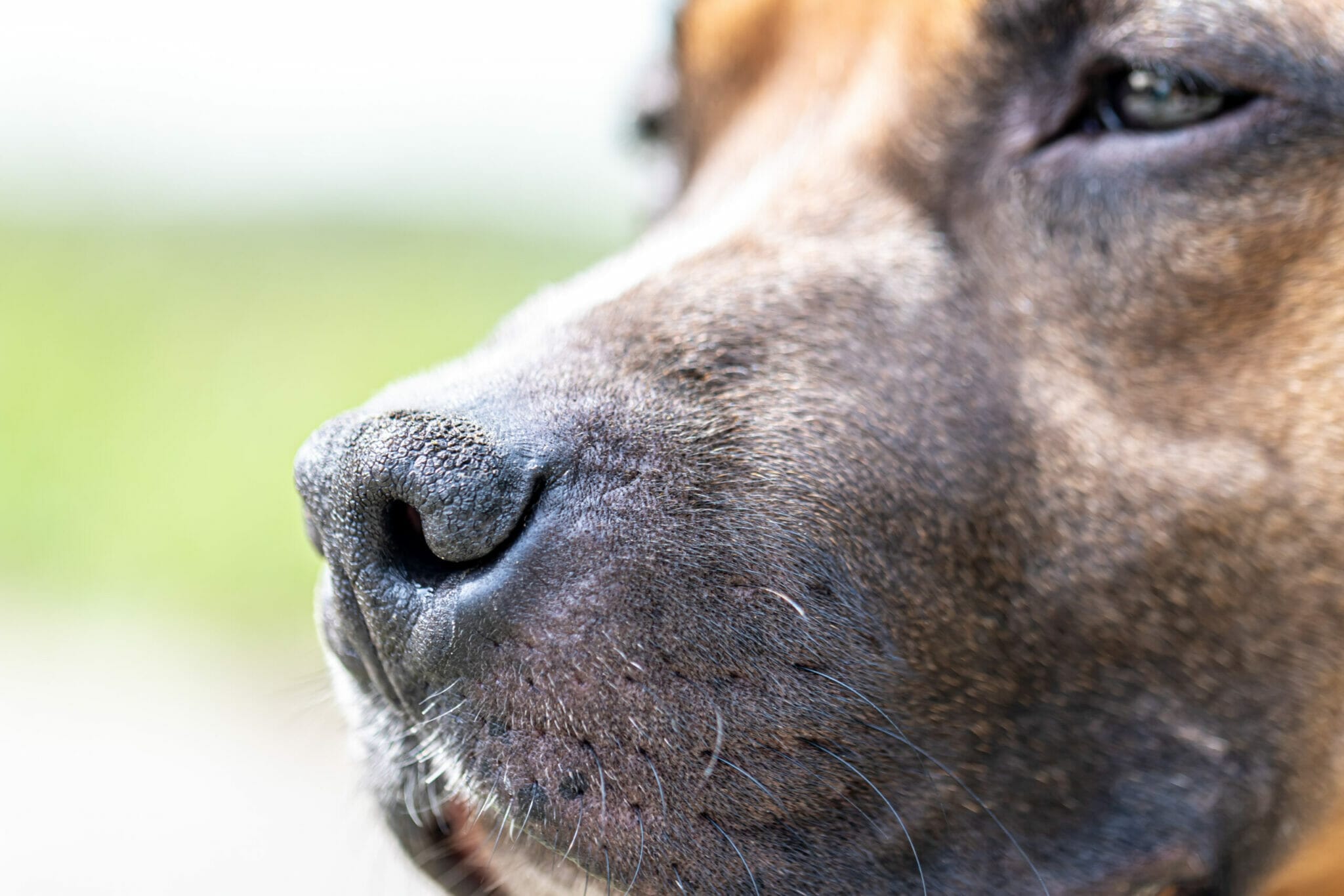
What would happen if you ever cut a dog’s whiskers?
While cutting a dog’s whiskers does not blind them or hinder their ability to hunt or catch prey, it can be stressful for the dog. The whiskers are very sensitive and play an important role in a dog’s sensory system. For this reason, you should never cut a dog’s whiskers.
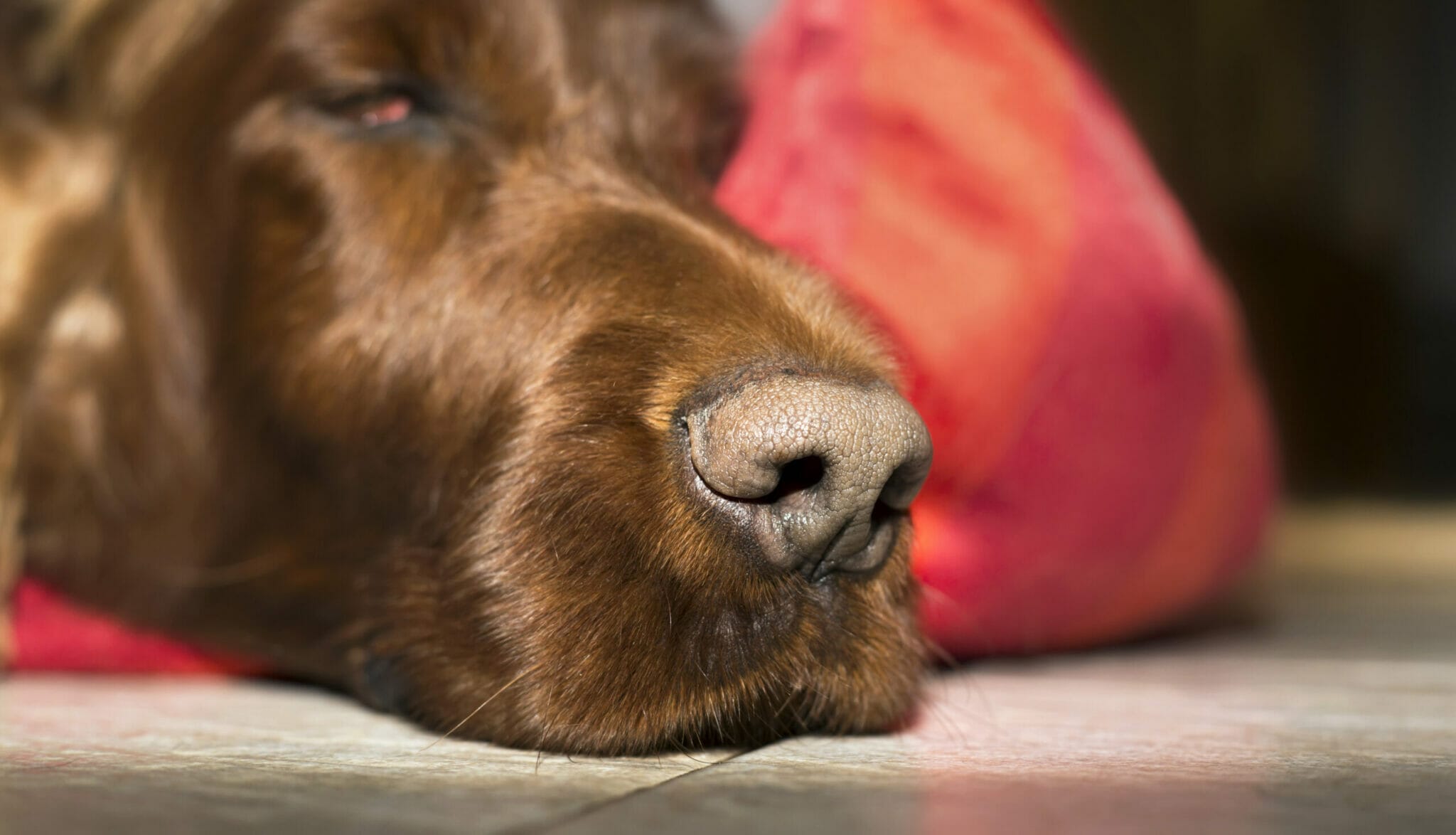
What happens if you accidentally pull out a dog’s whisker?
Dogs rely heavily on their whiskers for a variety of activities, from navigation to hunting. As a result, plucking or trimming whiskers can be extremely detrimental to a dog’s health. In addition to causing pain and bleeding, plucking can also lead to stress, infection, and disorientation.
So, if you accidentally pull out a dog’s whisker, don’t panic – just let it grow back in on its own. And, whatever you do, never attempt to deliberately remove or trim a dog’s whiskers. Doing so could have serious consequences for your furry friend.
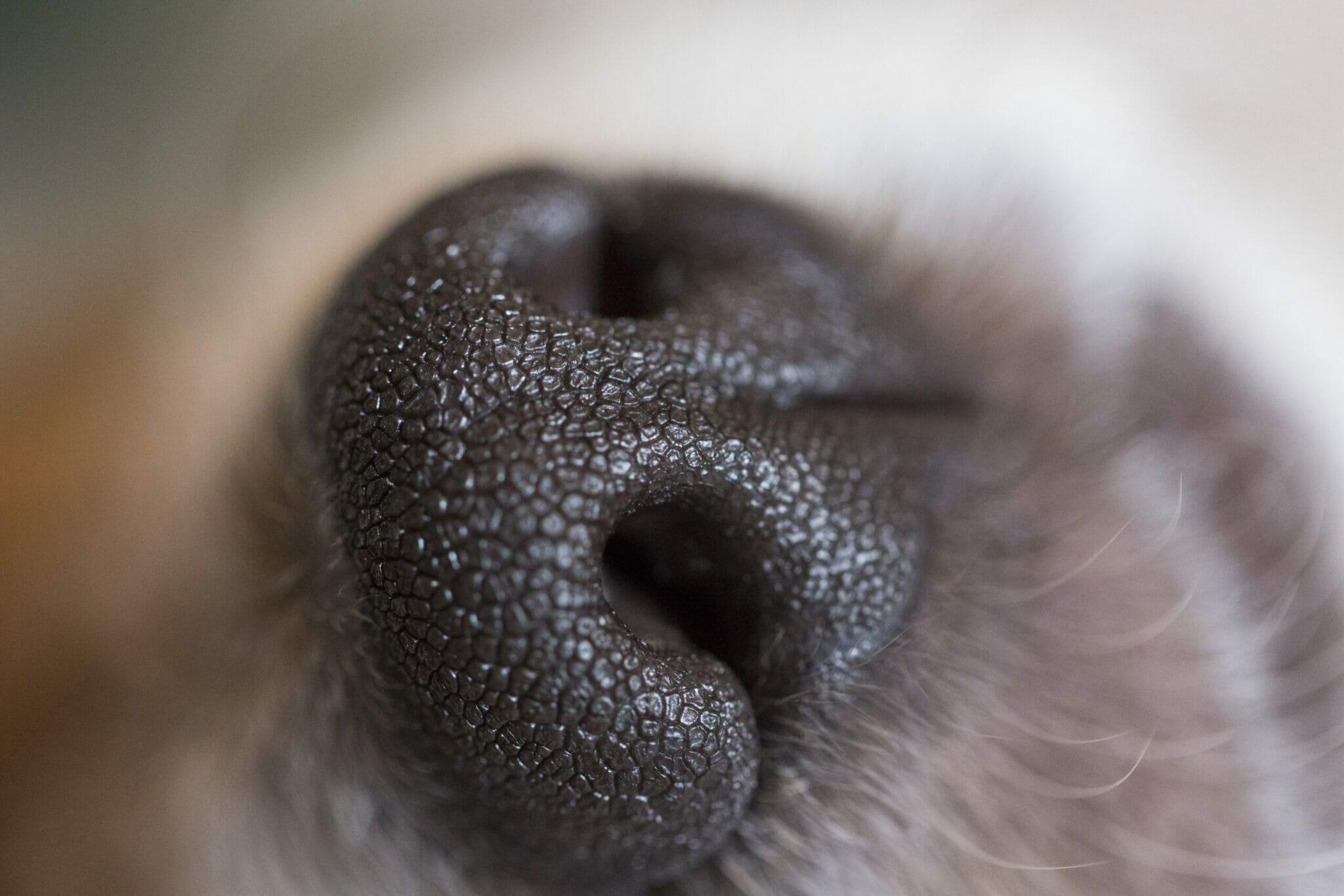
How to stop whisker bleeding?
If your dog’s whiskers are bleeding, there are a few things you can do to help stop the bleeding.
- First, take a paper towel or soft cloth and apply light pressure to the area.
- After a few minutes, increase the pressure slightly and see if the bleeding has stopped.
- If the bleeding does not stop, continue to apply pressure for a few more minutes.
- If the bleeding still does not stop after 15-20 minutes, it is best to see your veterinarian. They will be able to determine if there is a more serious problem and provide treatment accordingly.
Do dog’s whiskers shed?
Yes, just like the rest of a dog’s fur, whiskers shed. However, because they are made of stiffer hair, they may take longer to shed than the rest of a dog’s fur. If you notice that your dog’s whiskers are shedding more than usual, it could be a sign of stress or illness.
Do whiskers grow back on dogs?
Yes, whiskers grow back on dogs. However, it may take a few weeks for the whiskers to grow back to their full length. In the meantime, your dog may look a bit funny without their whiskers!

Are dog whiskers the same as cat whiskers?
Dogs whiskers and cat whiskers server the same purpose, but there are some differences between them. Dog whiskers are thicker and stiffer than cat whiskers, and they are also shorter. Cat whiskers are thinner and more flexible, and they are also longer. These differences help each type of animal use their whiskers in the most effective way for their needs.

Final word
Whiskers are an important part of a dog’s sensory system. They help dogs avoid collisions, judge the width of spaces, determine temperature, and maintain their balance. While cutting a dog’s whiskers does not blind them or hinder their ability to hunt or catch prey, it can be stressful for the dog and is best avoided.
If you notice your dog’s whiskers shedding more than usual, it could be a sign of stress or illness. Whiskers grow back on dogs, but it may take a few weeks for them to reach their full length.
